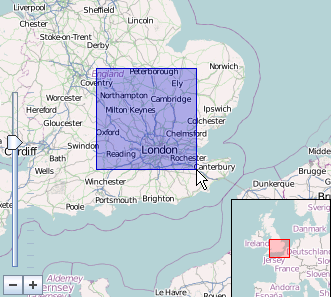I am soon leaving University and thus the time for pure research will soon be over. Unfortunately I still have some ideas for possible research. I’ve tried getting them out of my head as this has not yet worked out, I’ll try to write them down – maybe somewone finds them interesting enough for a Bachelor-/Masterthesis or something like that …
Introduction
OpenStreetMap creates and provides free geographic data such as street maps to anyone who wants them. The project was started because most maps you think of as free actually have legal or technical restrictions on their use, holding back people from using them in creative, productive, or unexpected ways. The OpenStreetMap approach is comparable to Wikipedia where everyone can contribute content. In openStreetMap, registered users can edit the map directly by using different editors or indirectly by providing ground truth data in terms of GPS tracks following pathes or roads. A recent study shows, that the difference between OpenStreetMap’s street network coverage for car navigation in Germany and a comparable proprietary dataset was only 9% in June 2011.
In 2010, Yihua Chen and John Krumm have published a paper at ACM GIS about “Probabilistic Modeling of Traffic Lanes from GPS Traces“. Chen and Krum apply Gaussian micture Models (GMM) on a data set of 55 shuttle vehicles driving between the Microsoft corporate buildings in the Seattle area. The vehicles were tracked for an average of 12.7 days resulting in about 20 million GPS points. By applying their algorithm to this data, they were able to infer lane structures from the given GPS tracks.
Adding and validating lane attributes completely manually is a rather tedious task for humans – especially in cases of data sets like OpenStreetMap. Therefore it should be evaluated if the proposed algorithm could be applied to OpenStreetMap data in order to infer and/or validate lane attributes on existing data in an automatic or semiautomatic way.

